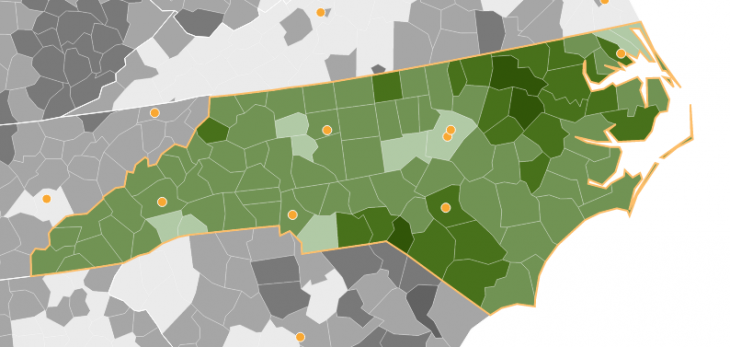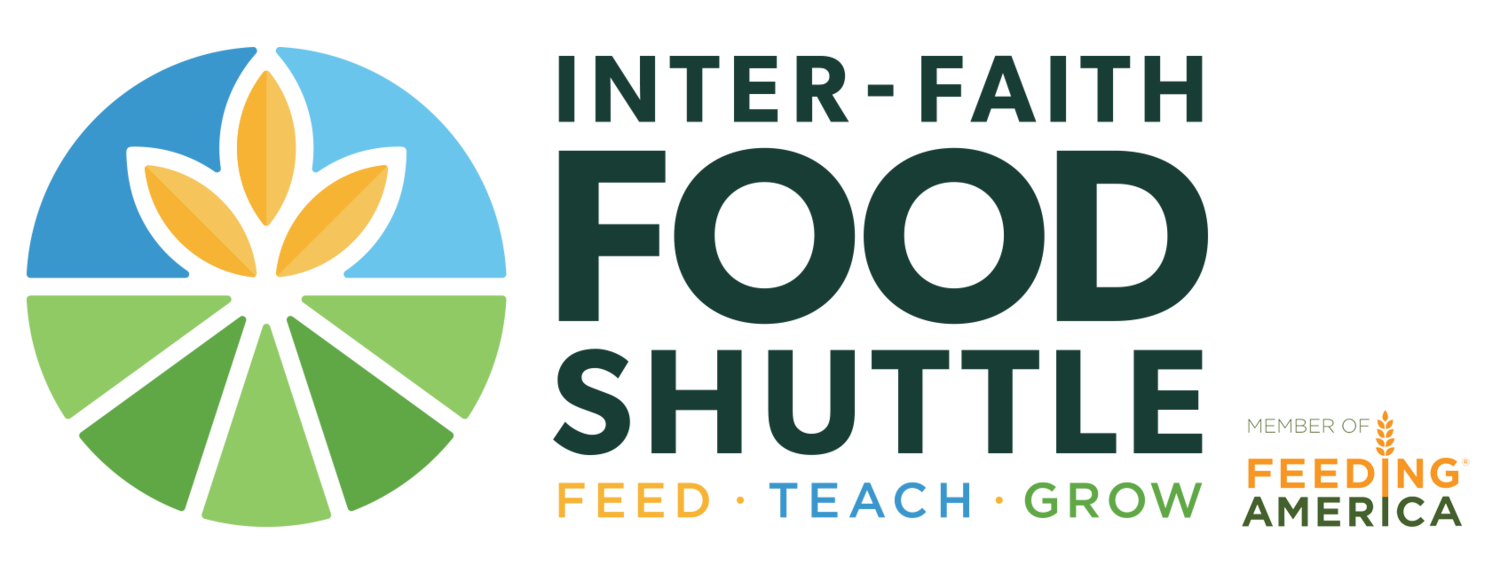“Hunger is closer than you think,” wrote Feeding America CEO Bob Aiken in an email releasing the latest report from the nation’s largest hunger relief organization. “To continue addressing the hunger problem, we have to better understand it.”

One tool Feeding America provides to help us all better understand the scope of hunger in our country and our communities is their annual Map the Meal Gap study.
Using the most recent data available (2013) the interactive map breaks down various food insecurity metrics by county, congressional district, and food bank footprint. Then it repeats the process with a narrowed focus on childhood hunger.
The study shines a light on the levels of hunger at the local level, which often remain hidden in pockets of food deserts right next to prosperous communities.
“Zoom into your community on the interactive Map the Meal Gap tool to see the scale of hunger where you live,” Aiken continued. “Here at Feeding America, we use that information to ensure our network of food banks is equipped to respond to their unique, local needs.”
If you’re into maps, infographics, statistics, or hunger in your community, it’s certainly worth the click.
 We’re happy to see that numbers are down across Inter-Faith Food Shuttle’s seven counties! But our work is far from done. Not when 271,970 North Carolinians in our seven-county footprint alone don’t know where their next meal is coming from. That’s 15.7% of residents in Chatham, Durham, Edgecombe, Johnston, Nash, Orange, & Wake Counties – and 21.2% of children.
We’re happy to see that numbers are down across Inter-Faith Food Shuttle’s seven counties! But our work is far from done. Not when 271,970 North Carolinians in our seven-county footprint alone don’t know where their next meal is coming from. That’s 15.7% of residents in Chatham, Durham, Edgecombe, Johnston, Nash, Orange, & Wake Counties – and 21.2% of children.
Feeding America’s Map the Meal Gap estimates it would cost food insecure families $141,075,000.00 to meet their food needs. If your jaw dropped too, click here to contribute and help IFFS meet more of the need at no cost to food insecure families.
Here’s a county-by-county look at the state of hunger in the IFFS service area:
CHATHAM COUNTY:
DURHAM COUNTY:
EDGECOMBE COUNTY:
JOHNSTON COUNTY:
NASH COUNTY:
ORANGE COUNTY:
WAKE COUNTY:
Feeding America first published the Map the Meal Gap project in early 2011, with the generous support of the Howard G. Buffett Foundation and Nielsen, to learn more about the face of hunger at the local level. In August, 2011, with the support of the ConAgra Foods Foundation, child food insecurity data was added to the project. For more information on how they collected the data, click here. For the overall executive summary click here.
———-
By Lindsay Humbert, IFFS Digital Media Specialist. Contact: Lindsay@FoodShuttle.org







